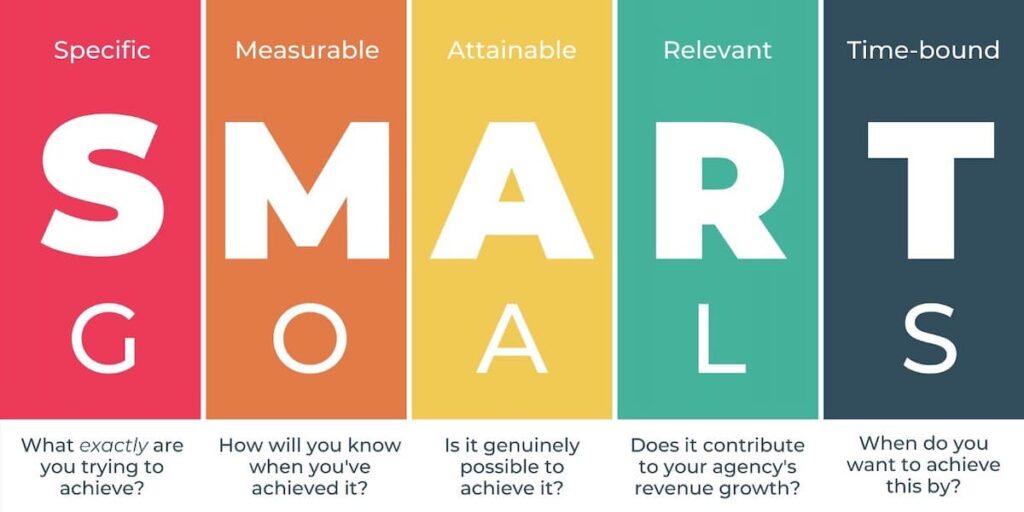Starting a business is exciting, but let’s face it: growth is the name of the game. Without a solid growth strategy, your startup might fizzle out before it gets going. So, how do you create a game plan that propels your startup forward? Let’s dive into the nitty-gritty!
Understanding Growth Strategies

So, what exactly is a growth strategy? It’s your blueprint for expanding your business. It encompasses everything from marketing tactics to resource allocation. A well-defined strategy helps you set priorities, allocate resources wisely, and focus on initiatives that drive growth.
What is a Growth Strategy?
At its core, a growth strategy is a plan for increasing revenue and expanding market reach. It can involve various methods, from increasing sales of existing products to launching new ones or even entering new markets.
Importance of Growth Strategies for Startups

Growth strategies are vital for startups because they help you understand where you’re going and how to get there. A strong plan can help you stand out in a crowded market, attract investors, and keep your team aligned and motivated. Remember, growth is necessary for your startup to be at risk of stagnation!
Analysing Your Current Position
Before you can build a growth strategy, you need to know where you currently stand. This involves conducting a thorough analysis of your business and its environment.
SWOT Analysis
A SWOT analysis is a fantastic tool for identifying your startup’s Strengths, Weaknesses, Opportunities, and Threats. This method helps you understand internal and external factors impacting your growth. By identifying your strengths, you can leverage them; by recognising weaknesses, you can address them head-on.
Market Research and Competitor Analysis

Knowledge is power! Conducting market research and analysing your competitors will provide insights into industry trends and customer preferences. Look at what your competitors are doing well and identify gaps in the market that your startup can fill.
Setting Clear Goals
Now that you better understand your current position, it’s time to set clear, actionable goals.
Short-Term vs. Long-Term Goals
It’s essential to differentiate between short-term and long-term goals. Short-term goals can provide quick wins and keep your team motivated, while long-term goals help shape your overall vision and strategy.
SMART Goals Framework

Using the SMART (Specific, Measurable, Achievable, Relevant, Time-bound) criteria can help you create goals that are not only clear but also achievable. For instance, instead of saying, “We want to increase sales,” try “We aim to increase sales by 20% in the next quarter.”
Identifying Your Target Audience
Next, let’s talk about your audience. Understanding who your customers are is crucial for any growth strategy.
Creating Customer Personas
Creating detailed customer personas can help you visualise your target audience. Consider their demographics, preferences, and behaviours. This approach allows you to tailor your marketing efforts effectively.
Understanding Customer Needs

What do your customers truly want? Surveys or interviews should be conducted to understand their needs and pain points. This understanding will guide your product development and marketing strategies.
Developing Your Unique Value Proposition (UVP)
What sets your startup apart from the competition? That’s your unique value proposition (UVP).
What is a UVP?
A UVP clearly articulates your product or service’s unique benefits and value. It answers the question: why should customers choose you over others?












